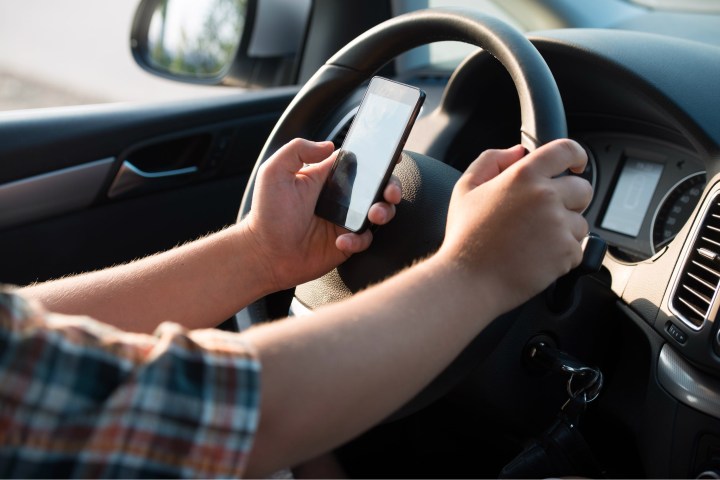
Although self-driving technology has long hung its hat on claims of being safer than human drivers, the MIT Technology Review is a bit skeptical, especially considering the history already laid forth by the advent of smartphones. The problem isn’t the car’s autonomy, but rather our increased reliance on this sort of technology, coupled with our growing distraction. Back in September, the Review noted, “If the driver is distracted and the autonomous system does not work properly, or if the human places too much confidence in the abilities of the driver aid and ignores the warnings and the road, things can go wrong.”
Most of today’s self-driving systems are not yet fully autonomous. Tesla’s Autopilot, for example, only works part of the time, and still depends on humans to take control when the machine falls short. But as humans spend more and more time behind the wheel otherwise occupied (the National Highway Traffic Safety Administration noted an 8.8 percent increase in fatalities as a result of distracted driving), they may not be taking control in due time. There’s already precedent for this kind of tragedy — just look at last year’s fatal Tesla Autopilot crash.
As a result, some car experts are suggesting that the answer lies in completely autonomous systems, thereby avoiding the risk of human error altogether. Google has long stood behind this position, and last week, Ford joined the tech company in this belief after finding that engineers were falling asleep behind the wheel of self-driving cars.
Of course, we’ve still a ways to go before we realize this advanced technology, so in the meantime, keep your eyes on the road and your hands off your smartphone.
Editors' Recommendations
- How a big blue van from 1986 paved the way for self-driving cars
- Tesla pulls latest Full Self-Driving beta less than a day after release
- Driving hands-free with Enhanced Super Cruise in the 2021 Cadillac Escalade
- Waymo puts its self-driving cars back on Arizona roads as lockdown is eased
- Mayflower Autonomous Ship is headed to sea to test its self-driving boat tech


